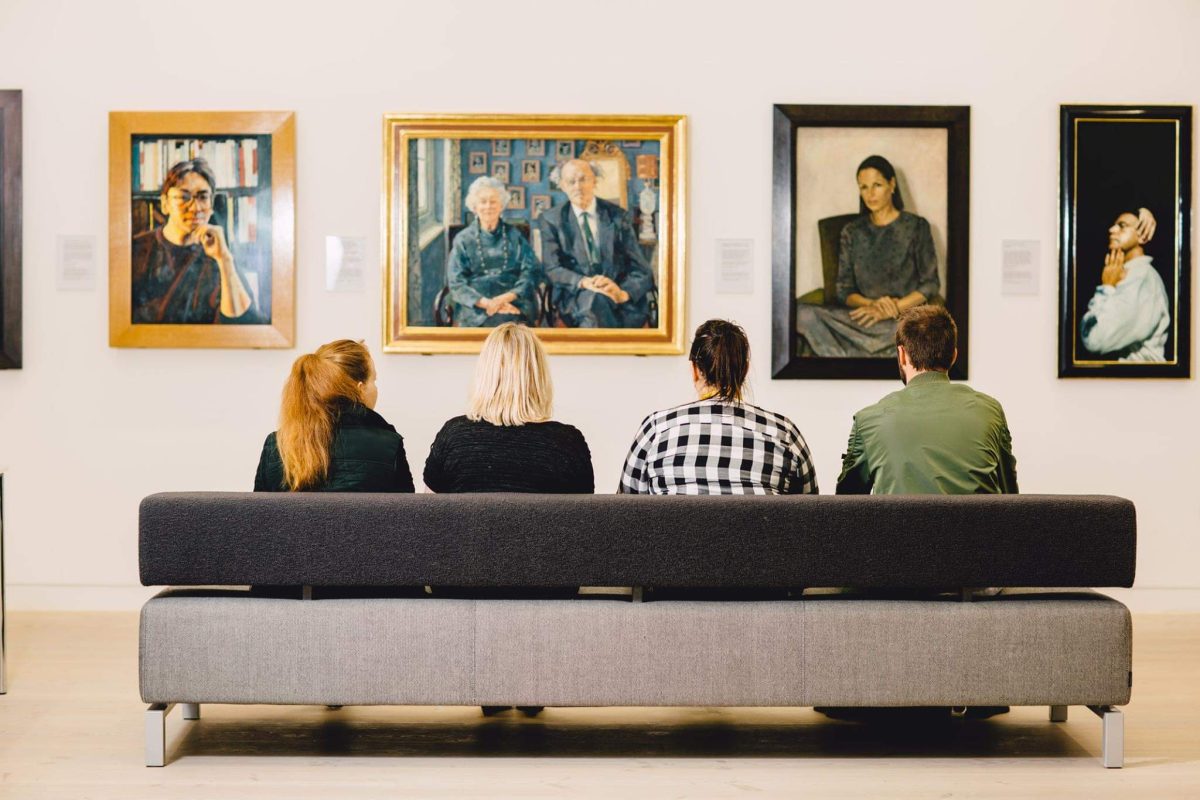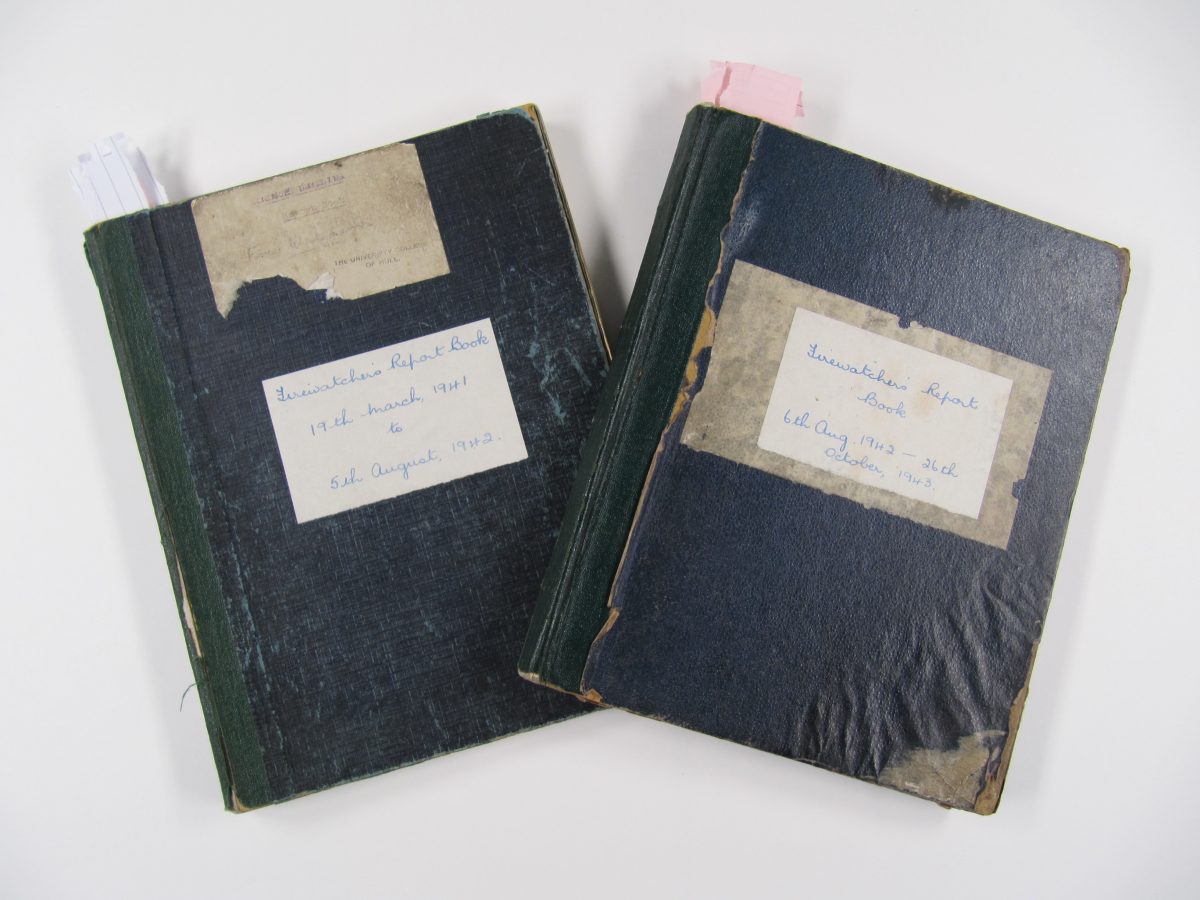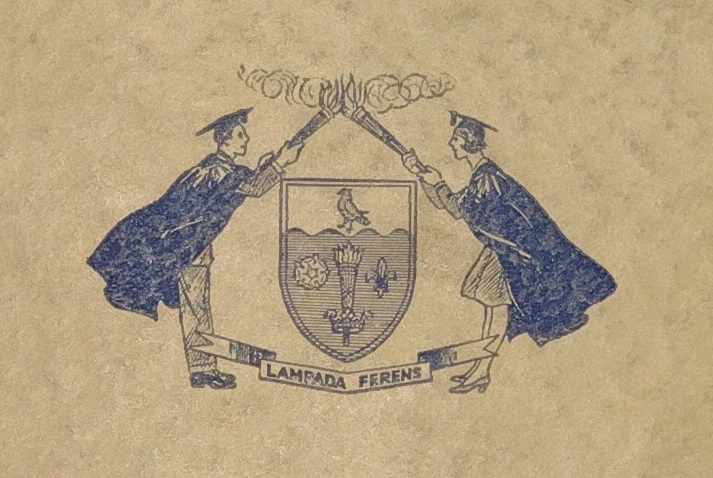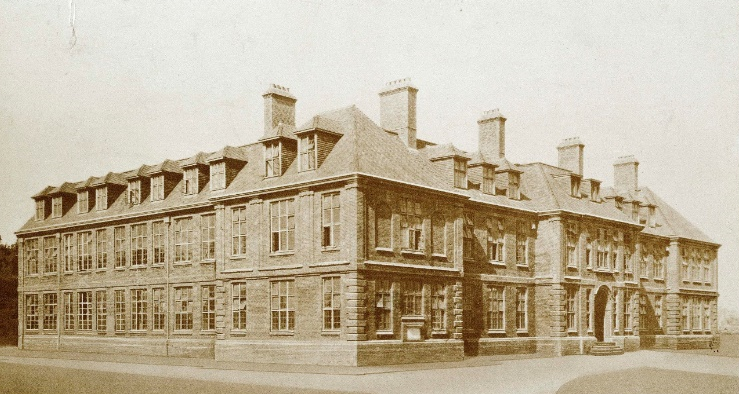With the upcoming coronation of King Charles III, here at the University Archives we wondered what we might have hidden amongst the collections that related to coronations past. It turns out we have a small but interesting selection of material. As we might expect, there were a number of nationally produced commemorative publications and souvenir […]
Category: University History ARCHIVED
posts exploring the history of the University of Hull

Prior to 2017, the Library exhibition space was originally used in a more corporate fashion; university events, networking events and lunch gatherings were popular within the Academic and University community. It hosted a lectern and chairs most of the time – very formal and most of the time pretty empty. In order to prepare for […]
by Sharon Redgrave When the library was built in 1959 and then extended in the late 1960’s, talk of mobile phones, computers, eBooks, the Internet, and such like would have seemed like the stuff of science fiction. But in 2012, the world was a very different place. This was the year of the London Olympics. […]

Every now and again we uncover a small collection of records at Hull University Archives that really bring life to years gone by. One such discovery was made in 2019 whilst staff were preparing an exhibition and source guide on Second World War records. Amongst the early records created by the University of Hull, we […]

With November the 5th coming up, here at Hull University Archives we thought a warming wander through student bonfire nights past might be a nice diversion. So we turned to the University of Hull’s student newspapers for inspiration. And it was only then that the serendipity of the situation struck us – the first student […]

How much do you know about the history of our university? Based on a popular Twitter thread from 2020, this blog post uses records from our very own archives to tell the story of our foundation and early development. If you prefer to access this content via video you can do that using the following […]
